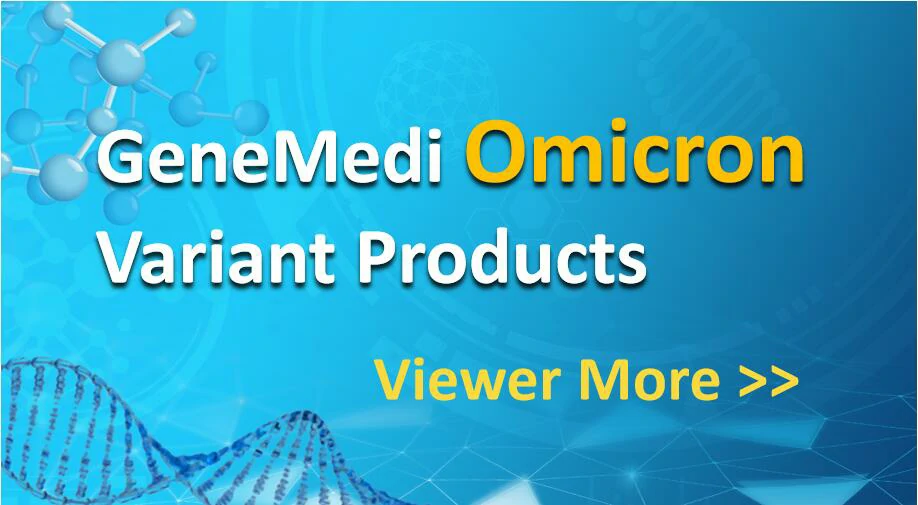Definition–What is neutralizing antibody (NAb)? Regarding neutralizing antibody activity, Neutralization can be achieved through four main mechanisms2: (1)NAbs binding to viral surface proteins and blocking their interaction with the host cell receptor and infection; (2)NAbs binding to viral protein epitopes that interact with host cell coreceptors that are key for viral infection; (3)NAbs binding to viral […]
Category Archives: diagnostic article
How to produce neutralizing antibody (NAb) (production) Antibodies are made by B-cells in the bone marrow. Bone marrow has been long thought to be a hematopoietic organ. When B-cells are created, they begin to produce antibodies that will bind to specific antigens. Antigen-specific antibody producing, long-term lived plasma cells are largely found in the bone […]
Product List Case study: Product data of Antibody-drug conjugate (ADC) Antibody Payload QC Ab-001 VCMMAE SDS-PAGE(reducing and non-reducing) Human IgG1 Control DAR Ab-002 Cytotoxity assay First, we used a higher dose of reducing agent (TCEP) and small toxic molecule (vcmmae) to ensure the success of coupling. SDS-PAGE (reducing DTT & non reducing DTT) results showed […]
SDS-PAGE We need run SDS-PAGE(reducing and non-reducing DTT) to see the integrity of antibody and Preliminary observation of the connection of small molecules. In general, we can see that the conjugated antibody will shift upward compared with the naked antibody DAR (methods and standard) ADC drugs are essentially a mixture, which is composed of mAbs […]
Bacillus anthracis is the causative agent of anthrax. The protective antigen is an important element of the anthrax toxin. It helps bacteria to transfer the enzymatic components into the host cell, through the formation spanning pore on the membrane. antibiotics are effective at the early stages of anthrax, but antibiotics are no longer effective with […]
In addition to thiomonoclonal antibody technology, the addition of non-standard amino acids (NCAA) provides another possibility for site-specific coupling. The technology uses amino acids with unique chemical structure, which can introduce linker payload complexes in a chemically selective manner. This technique requires the recombination of antibody sequences, using tRNA and aminoacyl tRNA synthetase (AARS) orthogonal […]
Site specific biological coupling of engineered antibodies Advances in bioorthogonal chemistry and protein engineering contribute to the generation of more uniform ADCs. Although there are many attachment methods available on natural monoclonal antibodies, site-specific biological coupling on engineered antibodies can more effectively control Dar and avoid changing the affinity for antigen binding. In this […]
Glycan coupling Because IgG is a glycoprotein, it contains an N-glycan at n297 of CH2 domain of each heavy chain of Fc fragment. This glycosylation can be used as the attachment point of connecting payload. The long-distance localization between polysaccharide and Fab region reduces the risk of damaging the antigen binding ability of antibody after […]
Endogenous coupling of amino acids One of the most common coupling methods is to use the lysine residue of the antibody, the amino acid nucleophilic NH2 group, to react with the electrophilic N-hydroxysuccinimide (NHS) Group on the lik payload. Although the reaction is simple, the high abundance of available lysine residues leads to the formation […]
The natural structure of monoclonal antibodies provides a variety of possibilities for biological coupling. Chemical and specific natural (non engineering) antibody coupling has some advantages. It can avoid the complexity of antibody specific site mutation and the possible challenges in the amplification and optimization of cell culture. Coupling sites according to the antibody sequence, the […]




